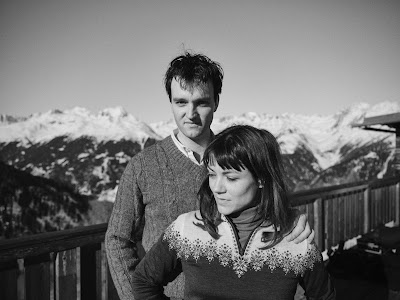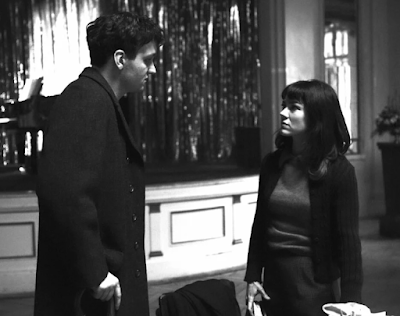The life of a Samoan immigrant bus driver and his experience in Aotearoa
Sua is a short documentary directed by Robert Norman and produced by Pilisita Mateni with consulting producer Elizabeth Laupepa. Clocking in at just under 10 minutes, the film offers a glimpse into the life of Sua, a Samoan immigrant who has worked as a bus driver in Aotearoa. While the documentary has its strengths—most notably the subject's compelling personal story—it struggles to find a cohesive direction, resulting in a viewing experience that feels fragmented and unfocused.
At the heart of Sua is an interesting and significant story. Sua's life as a retired bus driver, who was once a teacher and now works within the church, represents the journey of many Pacific Island immigrants who have come to Aotearoa in search of better opportunities for themselves and their families. His passion for helping others, both physically and spiritually, is evident, and there is an underlying warmth and humanity that shines through his anecdotes. The film highlights the importance of hearing the stories of older generations, especially those who have migrated from their home countries and built new lives in unfamiliar places.
Sua’s story holds immense potential, as it touches on themes of migration, sacrifice, family, and community. However, these elements feel largely disconnected from each other in the final product. Rather than building a cohesive narrative, the documentary comes across as a collection of disparate memories. The audience is introduced to different aspects of Sua's life—his work as a bus driver, his past as a teacher, and his involvement with the church—but these pieces are not woven together into a clear storyline. The lack of a central purpose or direction leaves viewers with more questions than answers, as the film never fully explores how these different facets of Sua’s life connect to one another.
Visually, Sua is a mixed experience. The film appears to have been shot with a single camera, and this choice severely limits the visual storytelling. Without additional footage or cutaway shots, the camera is forced to constantly follow the subject, which results in distracting movement. The camera shifts from side to side, zooms in and out, and occasionally goes out of focus, all of which detract from the interview and disrupt the viewer's engagement with the story.
When the camera does settle down, the film offers some beautiful shots. The close-ups of Sua are particularly effective, capturing the emotion in his face as he recounts his experiences. These moments allow the audience to connect with him on a deeper level, providing a brief glimpse into his world. Unfortunately, these strong visual moments are overshadowed by the overall inconsistency in the camerawork. The lack of additional footage also means that there is little room for editing, which could have helped smooth out some of the more distracting visual elements.
Despite its shortcomings, Sua has a strong foundation to build upon. Sua himself is a passionate and engaging subject, with a story to tell. With better direction and focus, the film could more effectively explore the themes of migration, identity, and community that it touches upon.
With more focused storytelling, stronger interview techniques, and improved visual consistency, Sua has the potential to be a meaningful exploration of the Samoan immigrant experience in Aotearoa. By honing in on the central themes of migration, identity, and community, the film could become a powerful testament to the resilience and strength of the Pacific Islander community.
Day One Hāpai te Haeata provides rangatahi with the tools, guidance and opportunities to share stories on screen.
The entire series of the eight short films premieres at Hollywood Avondale on Tuesday 3rd September, with all films then released online the following day - and socials thereafter.
View the shorts here



























